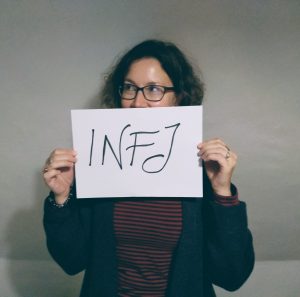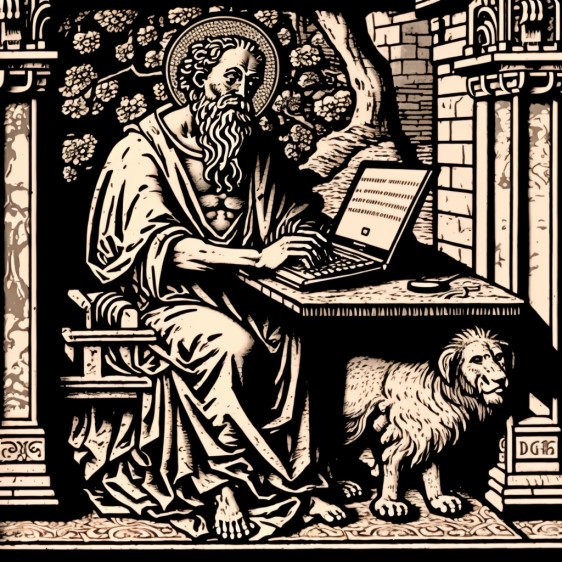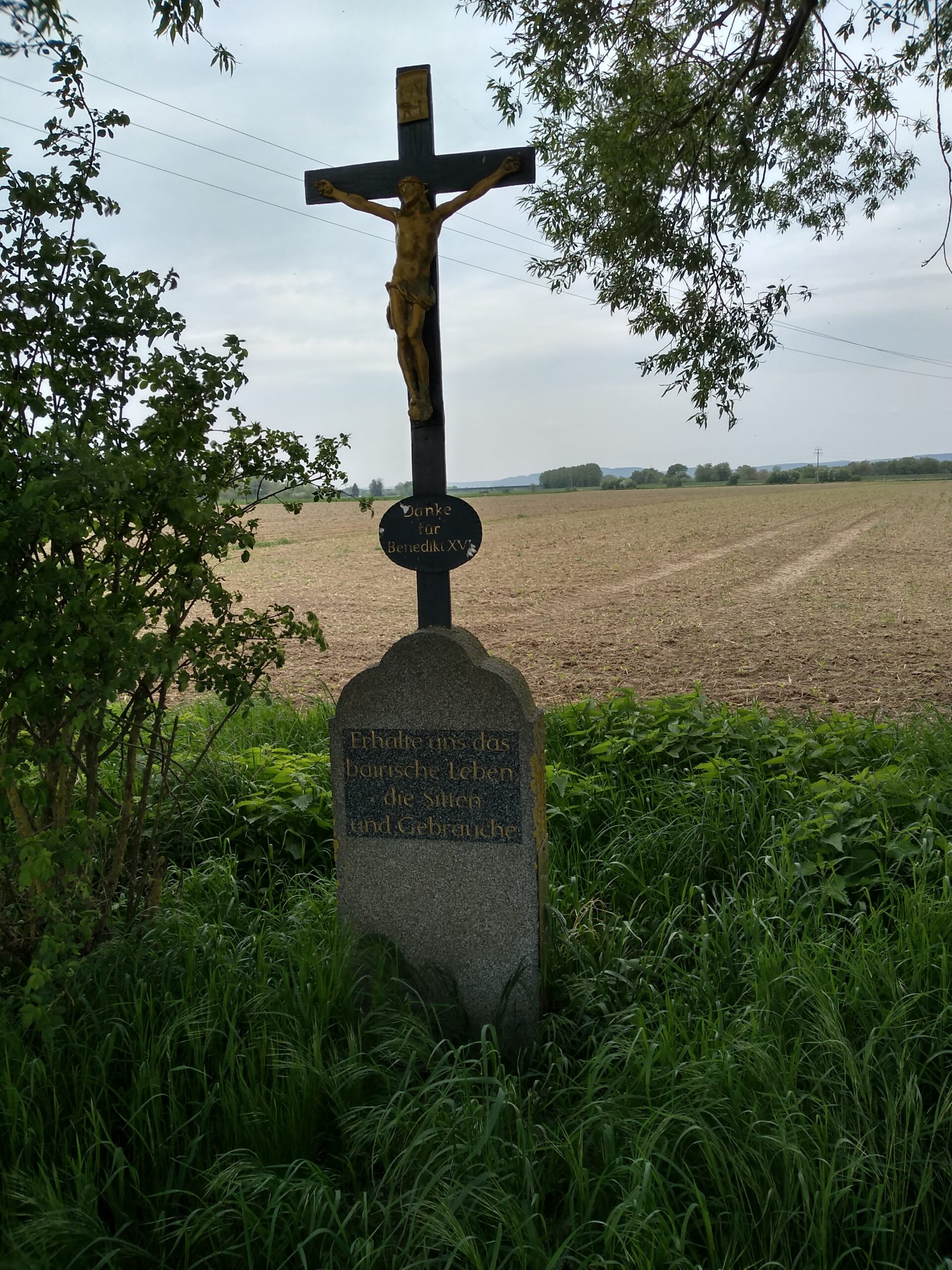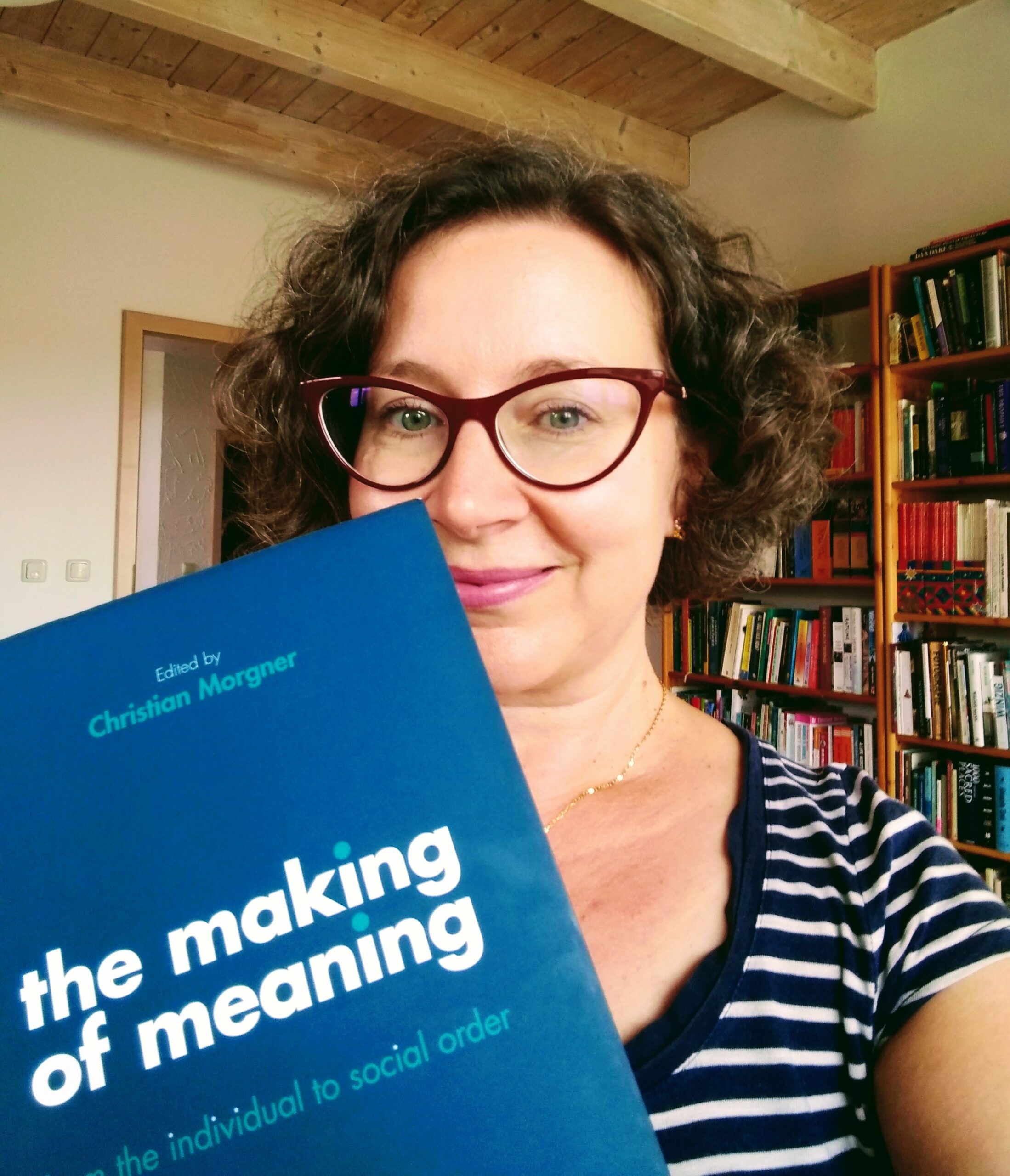I’ve lost count of how many times it’s happened to me – I tell someone…
Using personality profiles to rethink my business
In late 2019, I was feeling…frustrated. I had been running my own freelance translation business for almost a decade, and successfully so. I had a portfolio of loyal clients who supplied me with by and large interesting projects. And yet – I felt stuck in a rut. It wasn’t that I didn’t enjoy my work. But something about what I was doing felt not quite right. I had invested in quite a lot of CPD about “taking your business to the next level”, but none of it really resonated or seemed applicable to my particular niche. It even got to the stage where I wondered whether I was suffering from mild burnout. The following spring, Covid-19 brought most of my non-professional activities to a grinding halt, freeing up some valuable time for reflection. I took advantage of a special offer on a course that I thought might be useful in finding my way forward. This course, created by Marianne Cantwell (the well-known author of Be A Free Range Human), promised to help me identify and harness my “secret superpowers” – my own intrinsic traits and strengths. I was both surprised and intrigued to find that one of the tools we would be using as part of this were personality profiles.
 I had been vaguely aware of personality profiles before then – in fact, I think I had taken a personality test many years previously when still employed, but I couldn’t remember what the outcome had been, nor could I recall implementing any specific practices as a result. In a nutshell, personality profiles identify you as a particular “type” of person, with particular strengths and weaknesses, based on the answers you give to a set of questions. The classic example is the well-known MBTI profile (Myers Briggs Type Indicator), which draws on Jungian typology. I was initially sceptical about how useful these profiles would be – I mean, would they really have anything new to tell me? Surely, by my age, I knew what I was like? However, Marianne explained that these profiles were a really useful way of gaining “external input” – a way of “getting a different look at some of our traits without our stories about what is valid and not getting in the way”. She recommended that we do at least two different personality profiles to get a well-rounded picture. If particular patterns emerged in both profiles, these could be especially significant.
I had been vaguely aware of personality profiles before then – in fact, I think I had taken a personality test many years previously when still employed, but I couldn’t remember what the outcome had been, nor could I recall implementing any specific practices as a result. In a nutshell, personality profiles identify you as a particular “type” of person, with particular strengths and weaknesses, based on the answers you give to a set of questions. The classic example is the well-known MBTI profile (Myers Briggs Type Indicator), which draws on Jungian typology. I was initially sceptical about how useful these profiles would be – I mean, would they really have anything new to tell me? Surely, by my age, I knew what I was like? However, Marianne explained that these profiles were a really useful way of gaining “external input” – a way of “getting a different look at some of our traits without our stories about what is valid and not getting in the way”. She recommended that we do at least two different personality profiles to get a well-rounded picture. If particular patterns emerged in both profiles, these could be especially significant.
The first profile I created was based on the “classic” MBTI. The Myers Briggs test measures four dichotomies: extroversion (E) vs. introversion (I), which looks at how you respond to the world around you; sensing (S) vs. intuition (N), which looks at how you gather information; thinking (T) vs. feeling (F), which looks at how you make decisions based upon the information gathered; and judging (J) vs. perceiving (P), which looks at whether you have a tendency towards fixed decisions or are more flexible in how you deal with the world. There are sixteen personality types, coded as “ENTJ”, “ISTP” and so on according to where they fall on these four scales.
I turned out to be an “INFJ”. This strongly idealistic type, while genuinely interested in and empathetic towards people, is introverted and needs a lot of quiet time to recharge their batteries. The “N” of intuition reveals an ability to comprehend and apply abstract knowledge, and the “J” of judging suggests both strong values and a desire for closure and completion that leads to practical action.
The second profile I completed was the “Strengths Finder” (also known as “Clifton Strengths”) created by the research company Gallup. This profile does not focus on an overall personality type, but identifies (surprise, surprise) key strengths. I chose the basic version that focuses on your top five strengths. In my case, these turned out to be “Learner” (someone who loves and has a talent for learning), “Input” (someone who likes acquiring and systematizing things, including information), “Intellection” (someone who enjoys thinking and mental activity), “Connectedness” (someone who believes in the connectedness of all things, which in particular implies responsibility towards all things), and “Achiever” (someone who likes setting and achieving goals).
I was surprised at how spot-on both profiles were, though probably I should not have been, given how sophisticated these tools are! They highlighted a number of points for me. Firstly, that it is crucial for me to have quiet time and reflection – time to think deeply, rather than do. Secondly, that I need a lot of (meaningful) mental stimulation – in terms of my translation and editing jobs, this means focusing on complex and challenging texts rather than simpler, repetitive ones, even if the simpler texts are “easier”. Thirdly, that it is important for me to feel that what I’m editing or translating is important – ideally, the texts need to reflect my own values. Fourthly, that I need to prioritise learning and trying out new things as this stimulates me and keeps me motivated. Fifthly, that I need to plan my work in a way that allows me to set and achieve goals.
I implemented a couple of changes at once. Given that the profiles had confirmed my need to reflect deeply on things, ideally from a range of angles, and to have quiet space to do so, I decided to come off social media, which represented the exact antithesis of my needs and offered no scope for my strengths. I immediately felt the better for it! I also designed a very simple weekly planner that allowed me to get a clear overview of my projects and appointments and avoid cramming in too much. In order to create sufficient space for learning and reflection, I made another decision that felt quite bold at the time. This was to dedicate one whole day every week – Friday – to CPD, planning, and reflective writing. In my simple planner, Friday was marked accordingly as “Planning/CPD/Review”.
These changes were simple, but created a huge shift in the way I felt about my business. I immediately felt less distracted, less rushed, and more focused. Instead of worrying about missing out on things because I was no longer on social media, I made a conscious effort to take more active part in the ITI networks that offered a much more satisfying way of networking for me. Instead of putting CPD off to the (extremely rare) times I didn’t have anything else on, I finally committed to making it a regular part of my working week, and was astonished at how many interesting webinars, courses, lectures, and articles I was able to attend, watch, and read. I was also able to implement changes on the basis of what I learned from this CPD, because I was finally giving myself the time to do so. And instead of accepting work that didn’t resonate with my interests and values because I felt bad about saying no, I passed those queries on to colleagues for whom it was a better fit.
What I have now is a business model that is closely aligned to the traits and strengths identified using the personality profiles. Before completing the profiles, I had a nagging sense that there must be a better way of doing things, but no idea what that better way could be for me. By looking deeply at the kind of person I am and the specific strengths I have, I have developed a way of working that keeps me motivated and stimulated without being overwhelmed. I cannot recommend these tools highly enough to anyone who, as I was, feels stuck in a rut, is unsure of what to do about it, and is frustrated by generic advice. Profiles might just be the “external input” you need to get things moving in the right direction!


